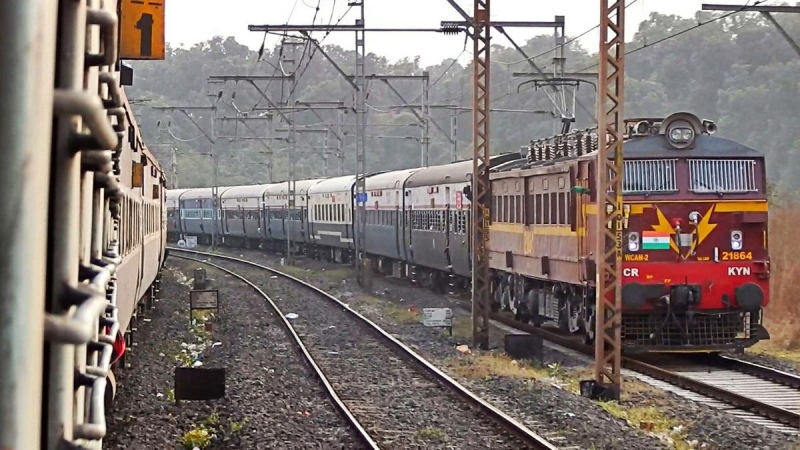The Konark Express – East meeting West

Remote towns and villages have been conveniently connected with metropolitan cities or state capitals in India through the Indian Railways. This has facilitated the development of these villages and towns, especially with the affordable rates provided by the IR management. The trains have Superfast and Express categories, which gives an option to passengers. The trains are scheduled after thorough research and scrutiny. Decisions based on the need and demand of train services and the requirement of connections between certain cities have been made which has led to the impressive progress and detailed network of railway transport in the country. With the incorporation of technology and its cheap availability has facilitated precise inquiries. Just type the train name and number on the address bar of your browser and get detailed IRCTC train enquiry between two stations! Such enquiries can be carried for most trains, including the Konark Express. The Konark Express connects Mumbai CST in Maharashtra and Bhubaneshwar in Odisha.

The train is not completely electrified which is why it requires 2 locomotives. Initially, WDP-4D of Kalyan shed was used to haul the train which was replaced by WDP-4/4B of Hubbali shed from Mumbai CST to Wadi. WAP-4 of Lallaguda shed is used to haul the train from Wadi to Vishakhapatnam Junction. From Vishakhapatnam shed, a WAP-7 locomotive is employed to haul the train from Vishakhapatnam to Bhubaneshwar station.
